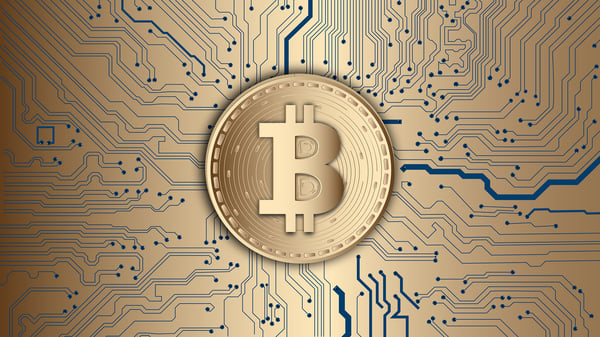Index Content
Web3 and metaverse: challenges and commonalities
Following the popularisation of cryptocurrencies in 2020, the concept of Web3 has become more relevant. Although it existed before, it is now well known for its implications for the digital market and the future role of users on the Internet. The same is happening with the metaverse, as both imply a substantial change in our relationship with the Internet.
What is Web3? It is the evolution of Web 2.0, which allowed users to write content and participate among themselves through social networks. In this way, Web3 is defined as a new, more accessible, private and secure Internet service that is committed to decentralisation, as was already the case with Web 1.0. As it is designed based on blockchains (or blockchain), users acquire more power of control, at the same time as cryptocurrencies and tokens appear. But, before we continue browsing Web3, let's see what all these concepts mean:
- Blockchain: decentralised blockchains allow networks to be created without the existence of a central server that connects devices to each other. Blockchain technology therefore allows each node to store and publish content. This would avoid censorship and the vulnerability of the centralised network (represented in the recurrent crashes of Facebook, Instagram or WhatsApp). It would also take power away from large companies in favour of community administration.
- Cryptocurrencies are a medium of exchange that function as currencies, despite being digital. They are not controlled by a particular service or company, which makes them a decentralised model. Similarly, the value of cryptocurrencies is not fixed, which has generated a great deal of speculation.
- Tokens or NFTs are the units of value of cryptocurrencies. They are a non-fungible good, i.e. they are not substitutable. Their price depends on the value one wants to give them. To simplify their meaning, a token is often compared to a work of art, as both are unique assets.
Therefore, Web3 proposes that each product is an investment opportunity. Furthermore, by relying less on advertising, it would strengthen the privacy of users and the security of their data (something that should be taken into account in the marketing sector). And, although for the moment Web3 is more of a theoretical than a practical concept, there are several real examples that currently use this network model. Let's look at two of them:
- Axie Infinity, a cryptocurrency-based video game that rewards players' successes through real money.
- Helium is a wireless network that relies on collaboration. People share the bandwidth of their Wi-Fi network in exchange for tokens. The more access points and the more uses, the more tokens they receive.
what are the problems with Web3?
Although Web3 offers many advantages for the user, there is no shortage of critics who identify its weaknesses:
- The cryptocurrency market is volatile, and Web3 depends on it.
- Decentralised identity" is a risk: This refers to a permanent record of what a user publishes on the web; the problem is that anyone could consult it, while the ability to delete content on the internet is a desirable tool.
- Itcould mean "the hyper-funding of all human existence", according to programmer Stephen Diehl, which is technically unfeasible.
- It is technically unfeasible. Another argument used against Web3 is that blockchains are slower and less capable compared to standard databases. Critics suggest that centralised services would need to be built on top of Web3 to meet users' needs, which would ruin its main purpose: to turn the internet into a decentralised network.

so what do Web3 and the metaverse have in common?
The metaverse, which proposes alternative and immersive realities that we can access from our homes with a computer, is closely related to Web3. Even so, it is important not to confuse the two. While the metaverse aims to create 3D virtual universes, Web3 has a more ambitious goal: to modify the functioning of the Internet to make it more democratic. They are two perfectly compatible but different projects. This does not exclude the fact that they have several aspects in common:
- Both concepts are committed to reinventing our experience of the Internet, although they are still in the development phase.
- In this sense, they are also united by their reliance on the HTTP/2 protocol, which aims to update HTTP/1.1 while maintaining compatibility.
- In addition, both Web3 and the metaverse promise more security for user data.
But the most important feature that unites both projects is blockchain technology and, therefore, the decentralisation of the Internet. It should be noted that the metaverse needs a decentralised model to be as revolutionary as it promises to be and to eradicate the physical limitations of virtual space. In this sense, cryptocurrency advocates consider Web3 an indispensable part of metaverse so that these alternative worlds are not controlled by a single company.
This point of union feeds back to them, as the vast majority of metaverses that exist today use cryptocurrencies and tokens as a means of financing, making them more attractive to users and investors by offering a booming business model that serves to monetise virtual space. For example, the avatars of a metaverse could be NFTs.
However, there are also differences in the way the blockchain is used between the two projects, i.e. Web3 is 100% based on this technology, but this is not the case with the metaverse. It is true that it uses the blockchain to identify the user and allow avatars to make purchases or acquire tokens, but it also needs other technologies to develop its universe, such as virtual reality and many other recurrent Web 2.0 technologies.





